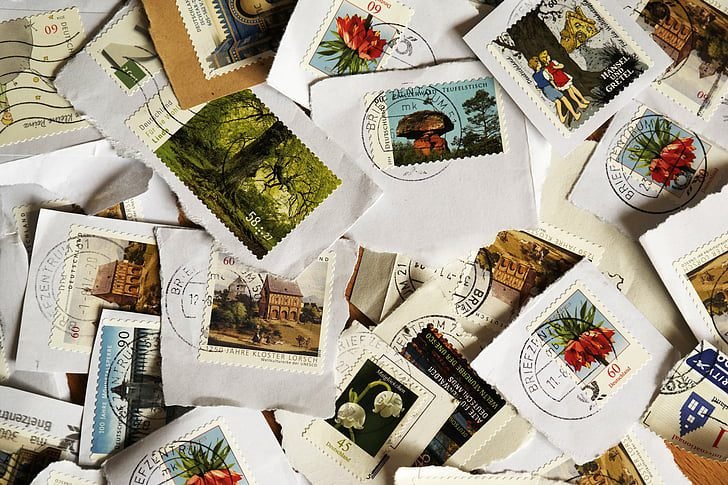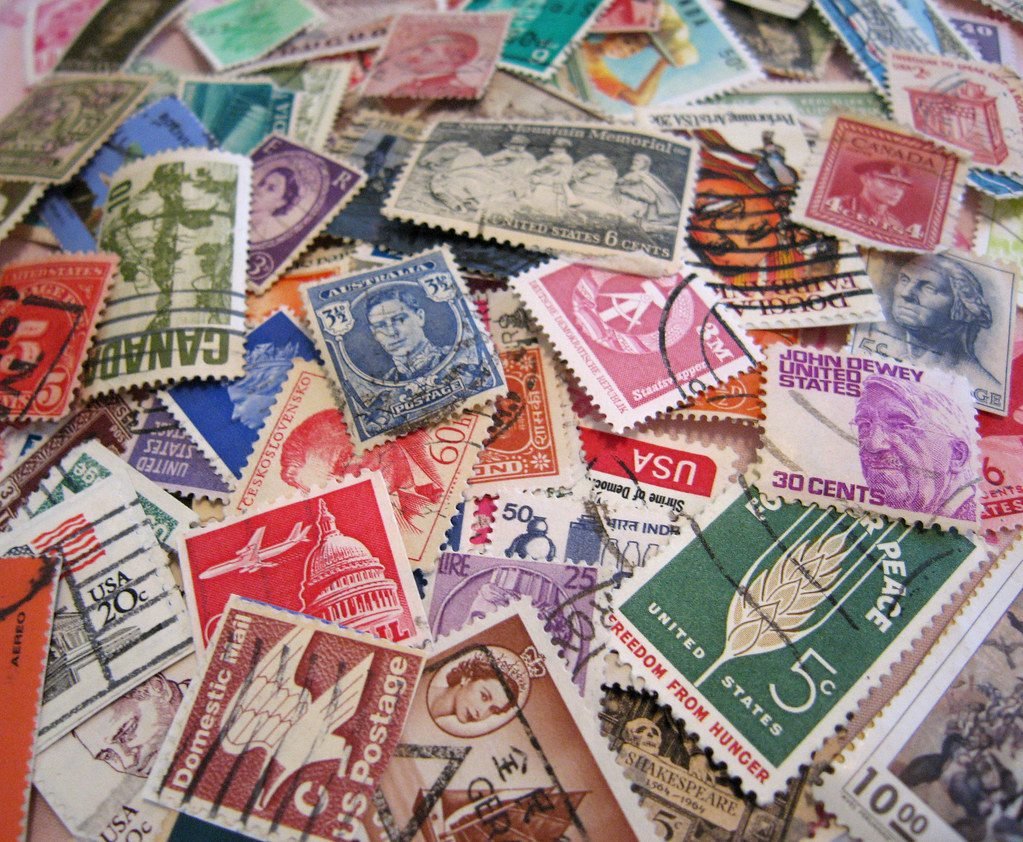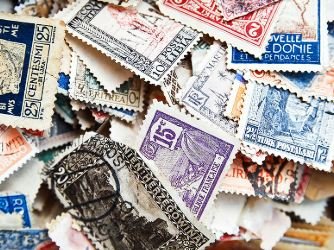Stamp collecting, also known as philately, is a hobby that combines history, culture, and artistry. Whether you’re a seasoned collector or just starting out, understanding stamp grading and authentication is essential for protecting your investment and ensuring that your collection is genuine. Stamp grading and authentication can be a complex process, but by following the right steps and being cautious, you can avoid the pitfalls of misgrading and inauthenticity, ensuring your collection retains its value and authenticity.
In this article, we will delve into the importance of stamp grading and authentication, how to evaluate stamps accurately, and how to protect your stamps from potential fraud.

1. What is Stamp Grading and Authentication?
Before diving into how to protect your stamps, it’s important to understand what stamp grading and authentication means.
- Stamp Grading: Stamp grading refers to evaluating the condition of a stamp, typically based on criteria like centering, perforation quality, color, cancellation marks, and overall appearance. A stamp’s grade can significantly impact its value, as stamps in better condition are typically more valuable. The grading system often uses a scale, with grades ranging from “poor” to “gem mint,” depending on the stamp’s condition.
- Stamp Authentication: Authentication is the process of verifying a stamp’s legitimacy. Since rare stamps can be highly valuable, it is important to confirm that a stamp is genuine and not a counterfeit. The authentication process involves verifying a stamp’s printing method, paper type, watermark, and other distinguishing features.
Both stamp grading and authentication are critical for collectors, investors, and anyone who wishes to maintain the integrity of their collection. Without proper grading or authentication, you risk acquiring overvalued stamps or counterfeit pieces.
2. Why Is Stamp Grading Important?
The importance of stamp grading cannot be overstated. A well-graded stamp is not only more desirable among collectors but also holds a higher value. The condition of a stamp is often one of the most significant factors when determining its price in the market.
- Condition Matters: Stamps are graded based on their appearance and how well they have been preserved. A stamp with sharp edges, vibrant colors, and no visible damage will always be worth more than a stamp that has been torn, creased, or discolored. Understanding stamp grading allows you to better assess whether a stamp is worth acquiring or if it might be overvalued due to its condition.
- Investment Value: For collectors who view stamps as an investment, stamp grading plays an essential role in determining long-term value. Higher-graded stamps are often more liquid and easier to sell when the time comes. Proper grading ensures that you aren’t investing in a stamp that could lose its value over time due to hidden defects.
- Marketplace Comparison: A stamp’s grade allows collectors to compare similar stamps. A stamp with a high grade will always stand out in the marketplace, and collectors will be willing to pay more for it. Therefore, understanding the nuances of stamp grading helps you make more informed decisions.
3. The Risks of Misgrading: How to Protect Yourself
Misgrading is a common issue in the world of stamp collecting. Many collectors or sellers may misjudge the condition of a stamp, either intentionally or unintentionally, which could lead to significant financial losses. Knowing how to evaluate a stamp’s grade is crucial in avoiding misgrading. Here’s how you can protect yourself:
- Learn the Grading System: To avoid being misled, take the time to familiarize yourself with the various grading scales used in stamp collecting. Most reputable grading systems, such as those used by the Philatelic Foundation or the American Philatelic Society, offer detailed criteria for assessing stamps.
- Inspect the Stamp Thoroughly: When purchasing stamps, inspect them closely for flaws such as creases, off-centering, or discoloration. Always check the perforations, edges, and gum condition if applicable. Knowing what to look for will help you protect yourself from misgraded stamps.
- Work with Reputable Dealers: One of the best ways to protect yourself from misgrading is to work with reputable stamp dealers or auction houses. These professionals have the experience and knowledge to accurately grade stamps, minimizing the risk of acquiring a misgraded stamp.

4. The Importance of Authentication: Preventing Inauthenticity
Just as stamp grading is vital for evaluating the condition of a stamp, stamp authentication is critical to ensure that the stamp is genuine. The market for rare stamps is rife with forgeries, and a misstep in purchasing a counterfeit stamp can lead to significant financial losses. Here’s how you can protect your stamps from inauthenticity:
- Buy from Trusted Sources: When purchasing stamps, it’s crucial to work with trusted and established sources. Dealers who have a long-standing reputation in the industry are less likely to sell inauthentic stamps. Always check reviews, certifications, and any guarantees offered by the dealer.
- Utilize Authentication Services: If you are unsure about the authenticity of a stamp, consider sending it to a professional authentication service. Many organizations, such as the Philatelic Foundation or the American Philatelic Society, offer authentication services. These experts use specialized tools to confirm a stamp’s authenticity, preventing you from investing in counterfeit stamps.
- Examine Key Features: Stamps often have specific distinguishing features that can be used to verify authenticity. These may include watermarks, printing techniques, and the type of paper used. In many cases, professional authentication services use ultraviolet light or other advanced technologies to detect inauthentic stamps.
- Beware of “Too Good to Be True” Deals: If a stamp is being sold at an unusually low price compared to its market value, it may be an indicator of inauthenticity. Always be cautious of deals that seem too good to be true, especially if the stamp’s provenance cannot be verified.
5. How to Authenticate and Grade Stamps: Practical Tips
To protect your stamps from misgrading and inauthenticity, follow these practical steps:
- Get Professional Help: For high-value or rare stamps, always seek professional grading and authentication services. These experts use industry-standard methods to assess stamps, providing you with a certificate of authenticity and a grade that ensures the stamp’s value.
- Maintain a Catalog: Keep a detailed catalog of all your stamps, including their grades and authenticity certificates if available. This will help you track your collection and identify any changes in value or condition over time.
- Use Tools for Inspection: Magnifying glasses, ultraviolet lights, and perforation gauges are all useful tools for inspecting stamps closely. These tools can help you detect subtle flaws, watermarks, or printing differences that may not be immediately visible to the naked eye.
- Learn from Experts: Joining stamp collecting communities and forums is a great way to learn more about stamp grading and authentication. Experienced collectors can offer valuable insights and help you identify potential issues with your stamps.
If you’re new to stamp collecting and are looking to build a valuable collection, understanding stamp grading and authentication is just as crucial as knowing how to start a stamp collection. Before diving into the world of rare and valuable stamps, it’s important to establish a solid foundation. If you’re unsure about how to begin your journey in philately, check out our article on How to Start a Stamp Collection to get the best tips and guidance on how to select stamps and build a collection that will stand the test of time. Proper grading and authentication practices should be part of your collection process from the start, ensuring that you make informed decisions as you grow your collection.

6. Conclusion: Safeguarding Your Collection
In conclusion, stamp grading and authentication are essential for protecting your collection from misgrading and inauthenticity. By learning how to evaluate the condition of a stamp, working with reputable dealers, and utilizing professional authentication services, you can safeguard your collection and its value. Whether you’re an avid collector or an investor, understanding these key aspects of stamp collecting will ensure that your stamps are genuine and properly valued.
By taking the necessary steps to protect your stamps from misgrading and inauthenticity, you’ll enjoy the peace of mind that comes with knowing your collection is both valuable and authentic. Remember, a well-graded and authenticated stamp is more than just a piece of paper—it’s a piece of history worth preserving.



